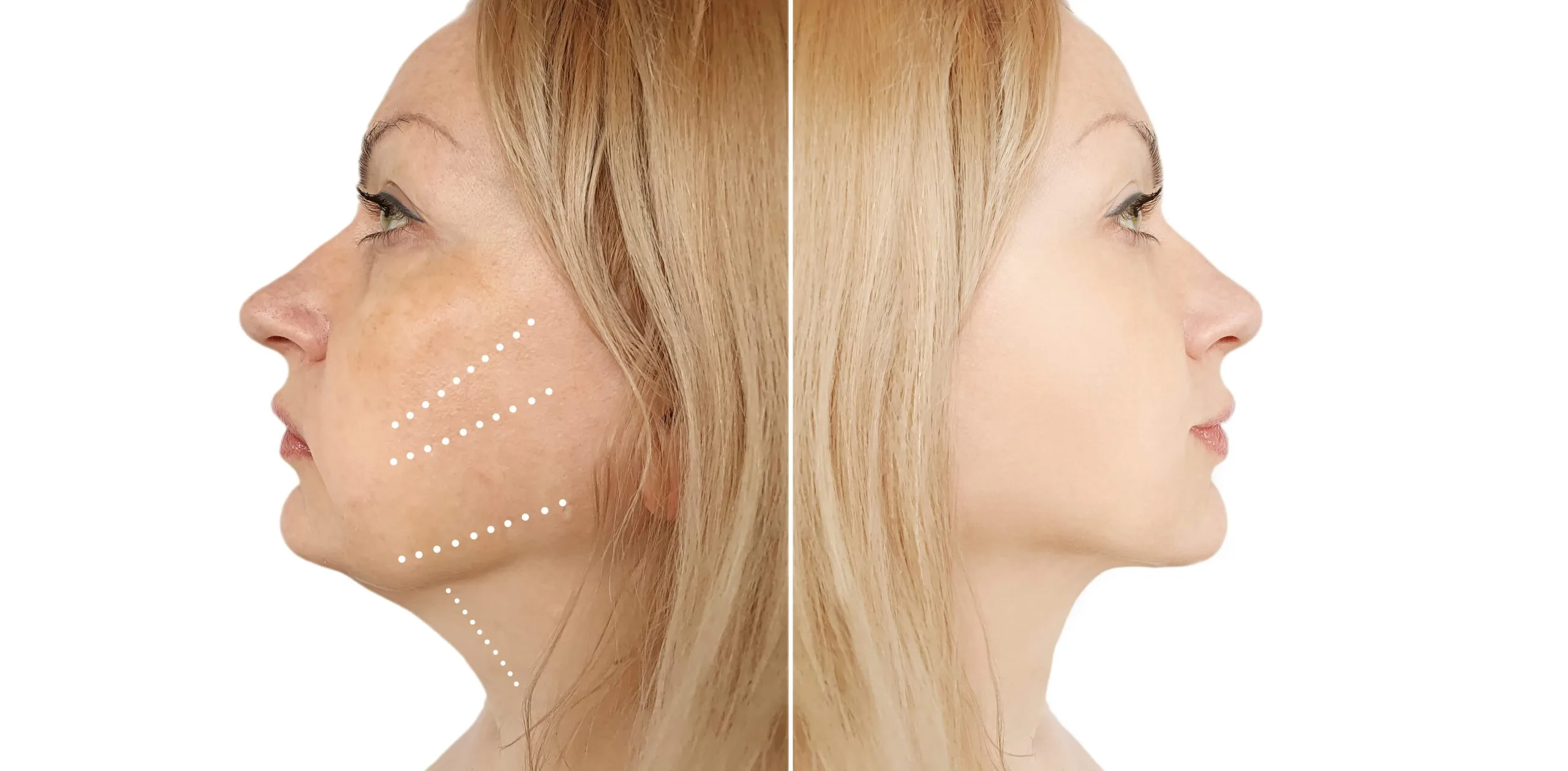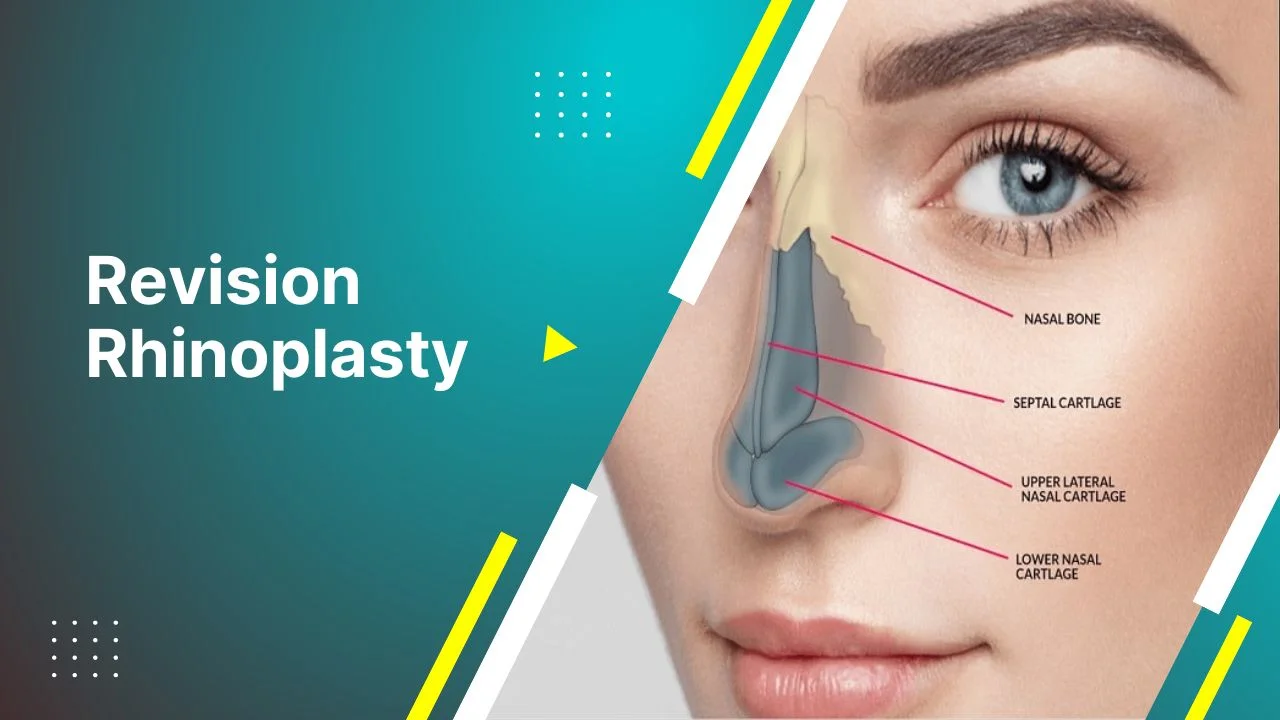A neck lift, or platysmaplasty, is a popular cosmetic procedure designed to address signs of aging or sagging skin in the neck area. But who is the right candidate for this transformative surgery? If you’re considering a neck lift, it’s essential to understand the factors that make someone an ideal candidate.
Typically, a good candidate for a neck lift:
- Has loose or sagging skin around the neck and jawline, often referred to as “turkey neck.”
- Is in good overall health, with no underlying medical conditions that could affect healing.
- Is a non-smoker or willing to quit smoking before and after surgery, as smoking can impair recovery.
- Has realistic expectations, understanding that the procedure can significantly improve the neck’s appearance but won’t stop the natural aging process.
Whether you’re struggling with excess fat, muscle banding, or skin laxity, a neck lift can help restore a smoother, more youthful neckline. Read on to explore the benefits, preparation tips, and recovery process for this life-enhancing procedure!
Key Criteria for Being a Candidate for Neck Lift Surgery
Key criteria for being a candidate for neck lift surgery include having visible signs of aging or sagging skin in the neck area that impacts your confidence. Ideal candidates are typically in good overall health, with no significant medical conditions that could interfere with healing. Non-smokers or those willing to quit before and after surgery are preferred, as smoking can hinder recovery and affect results. Additionally, candidates should have realistic expectations, understanding that while a neck lift can create a smoother, more youthful appearance, it cannot halt the natural aging process. Consulting with a qualified surgeon is essential to determine if the procedure aligns with your goals and anatomy.
The Role of Age and Skin Type: Who is Suitable for Surgery?
Age and skin type play a significant role in determining suitability for neck lift surgery. While there is no strict age limit, the procedure is commonly sought by individuals in their 40s to 70s who are experiencing visible signs of aging, such as sagging skin, muscle banding, or excess fat in the neck area. Younger individuals with early signs of aging or genetic predispositions may also benefit. Skin type and elasticity are equally important, as patients with good skin elasticity often achieve better results. However, advancements in surgical techniques allow surgeons to tailor the procedure to suit various skin types and ages, ensuring natural and effective outcomes.
Health Status and History: Considerations for Nomination
A patient’s health status and medical history are critical factors when considering eligibility for neck lift surgery. Candidates should be in good general health, free from conditions that could impair healing, such as uncontrolled diabetes or autoimmune disorders. A detailed medical history, including prior surgeries, allergies, and medications, helps the surgeon assess risks and plan the procedure safely. Non-smokers or individuals who can abstain from smoking before and after surgery are preferred, as smoking can significantly delay wound healing and compromise results. Open communication with your surgeon about your health is essential to ensure a safe and successful surgical experience.
Psychological Preparation: Mental Readiness for Neck Lift Surgery
Psychological preparation is just as important as physical readiness when considering neck lift surgery. Candidates should have a clear understanding of the procedure, its outcomes, and the recovery process to set realistic expectations. Mental readiness involves being emotionally stable and confident in your decision, rather than seeking surgery to fulfill external pressures or unrealistic ideals. A positive mindset and a clear goal for improving self-confidence or appearance can significantly enhance the overall experience. Consulting with your surgeon to address any fears or concerns and understanding the transformative yet realistic nature of the results is key to ensuring emotional preparedness for the journey.






